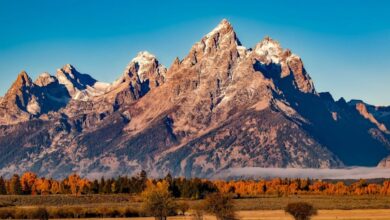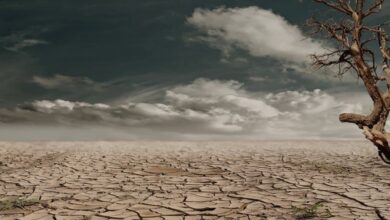What Is the Best Time of Day for Whale Watching
Whale watching is one of nature’s most thrilling experiences, offering a unique glimpse into the majestic lives of these marine giants. While many factors contribute to a successful whale watching adventure, timing plays a crucial role. Whether you’re a seasoned whale watcher or a first-timer, understanding the best times to go can greatly enhance your experience.
Morning Magic
Early mornings often present the best opportunity for whale watching. As the sun rises, the ocean tends to be calmer and less disturbed by boat traffic. This tranquility is essential, as it allows whales to surface more freely and engage in their natural behaviors without the interference of waves or noise. Additionally, many species are more active during these early hours, taking advantage of the cooler, more comfortable temperatures before the sun fully heats the water.
In many locations, whales are known to feed in the morning, making it a prime time for spotting them. Humpback whales, for instance, can often be seen breaching or feeding as they chase schools of fish. This active behavior can lead to spectacular displays, giving watchers a front-row seat to nature’s wonders.
Afternoon Adventures
While mornings may be optimal, afternoons can also offer rewarding whale watching experiences. As the day progresses, the sun warms the water, which can alter whale behavior. Some species, like gray whales, may migrate closer to shore during the afternoon as they seek warmer waters. This behavior can make them easier to spot, especially in coastal areas.
However, it’s worth noting that afternoons can bring increased winds and choppier seas, which may make the experience a bit more rugged. Still, for those willing to brave the conditions, the chance to see whales interacting with their environment can be well worth it. The golden light of the afternoon sun can add a beautiful backdrop to your sightings, illuminating the whales in a way that makes for stunning photographs.
Timing the Seasons
Timing your whale watching trip isn’t just about the time of day; the season matters greatly as well. Different whale species migrate at various times throughout the year. For instance, the best time to see humpback whales is typically from late spring to early fall, while gray whales are most commonly seen during their migration from late December to early April.
Knowing the peak seasons for your desired species can greatly enhance your chances of a successful outing. Many whale watching tours offer seasonal schedules that align with migration patterns, ensuring you’re in the right place at the right time.
Weather Considerations
While the time of day is critical, weather conditions also play a significant role in whale watching success. Calm, clear days are ideal for spotting whales as visibility improves, and the ocean is less turbulent. Conversely, overcast or stormy conditions can hinder visibility and drive whales deeper into the water.
Monitoring the weather forecast before heading out can help you plan your trip for optimal conditions. Remember, even if the weather isn’t perfect, dedicated enthusiasts often find that the thrill of the chase is worth the effort, as whales can still be spotted in less-than-ideal conditions.
Planning Your Trip
If you’re planning a whale watching excursion, consider local resources. Many coastal regions have specialized tour operators that provide insights into the best times for whale watching based on recent sightings and environmental conditions. Engaging with these experts can significantly improve your chances of encountering these magnificent creatures.
By combining the right time of day with an understanding of seasonal patterns and weather conditions, you can elevate your whale watching experience. The ocean is full of surprises, and being in the right place at the right time can lead to unforgettable moments with some of the planet’s most incredible wildlife.
Final Thoughts
Whale watching is a captivating activity that brings people closer to the wonders of the ocean. By understanding the best times of day to go, as well as considering seasonal and weather factors, you can maximize your chances of witnessing these majestic creatures in all their glory. Whether you’re drawn by the thrill of the chase or the serenity of the ocean, whale watching offers a unique connection to nature that leaves lasting memories. Embrace the adventure and prepare for a remarkable experience!







